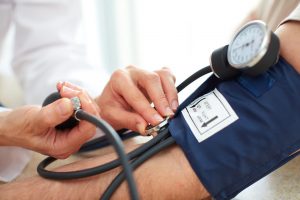3.1.7 Recognizing Changes in Clients’ Health
Now that you have explored some common things that can go wrong in the body, try to connect this knowledge back to your understanding of body systems by completing the following matching exercise. By understanding how body systems should work, you can begin to recognize the ways that these systems can be affected by illness, disease and health conditions.
Practice Makes Perfect
When a client’s status changes, it is important to notice these changes and report them as soon as they are noticed. In young children, elders, and those with debilitating diagnoses, these changes could quickly become emergent issues. As a medical health professional, your eyes, ears and nose are your tools for observing symptoms that could indicate a problem. Pay close attention to your clients at all times.

Please refer to the following checklist for a basic overview of physical and non-physical changes that may be significant. You will build up your assessment skills further in the next chapter.
| Physical Changes | Non-Physical Changes |
|---|---|
|
|
Media Attributions
- Blood pressureBlood pressure measuring. Doctor and patient. Health care. © agilemktg1 is licensed under a Public Domain license

